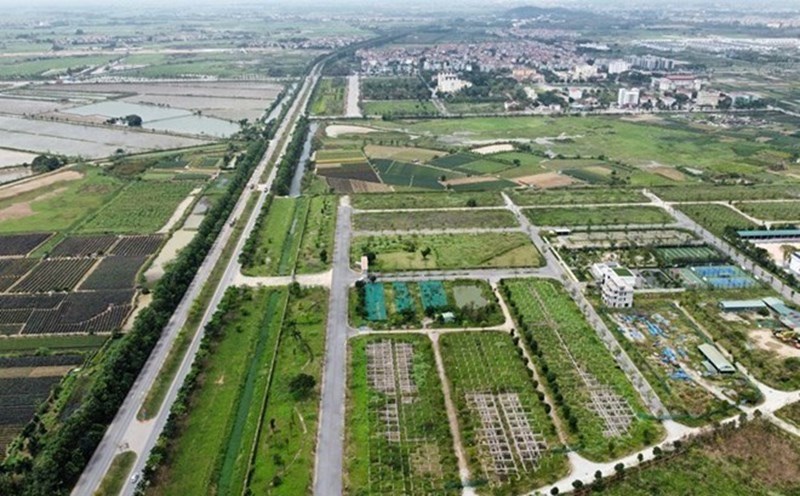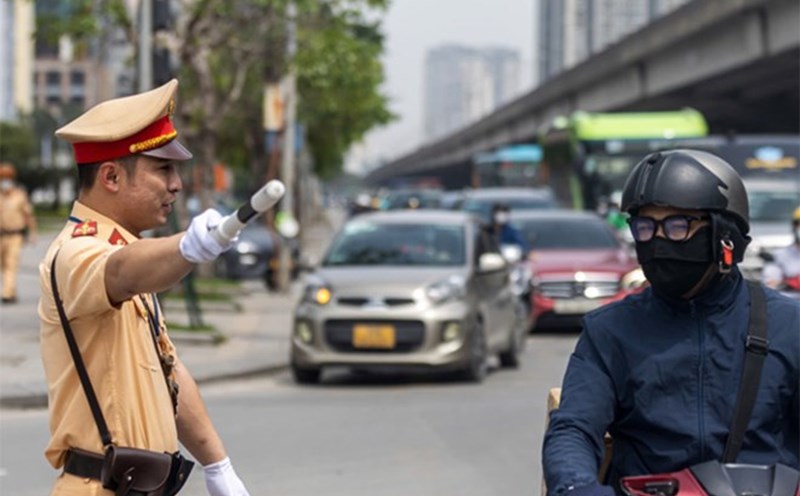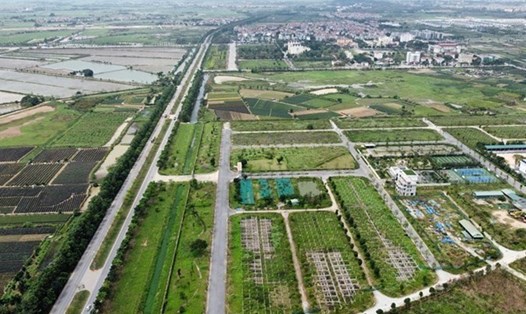According to the reporter's records, the length of Le Van Luong Street (Hanoi City) is only over 1.5 km, but there are nearly 30 apartment projects and high-rise office complexes that have been implemented. These buildings provide accommodation for tens of thousands of people.
Despite the special high construction density, large population and this being an axis road with a large volume of traffic, Le Van Luong Street is almost unable to be expanded. Traffic congestion during rush hours is an inevitable consequence.
Ms. Le Thu Hoa - a resident of an apartment building on Le Van Luong Street - said that early morning and late afternoon were the time when there was the most congestion because at that time, residents from the buildings poured into the streets together.
"In 2022, if there is a Le Van Luong underpass connecting to To Huu, there will be a reduction in traffic congestion, but only at the end of the road, other areas will still be very congested," said Ms. Hoa.
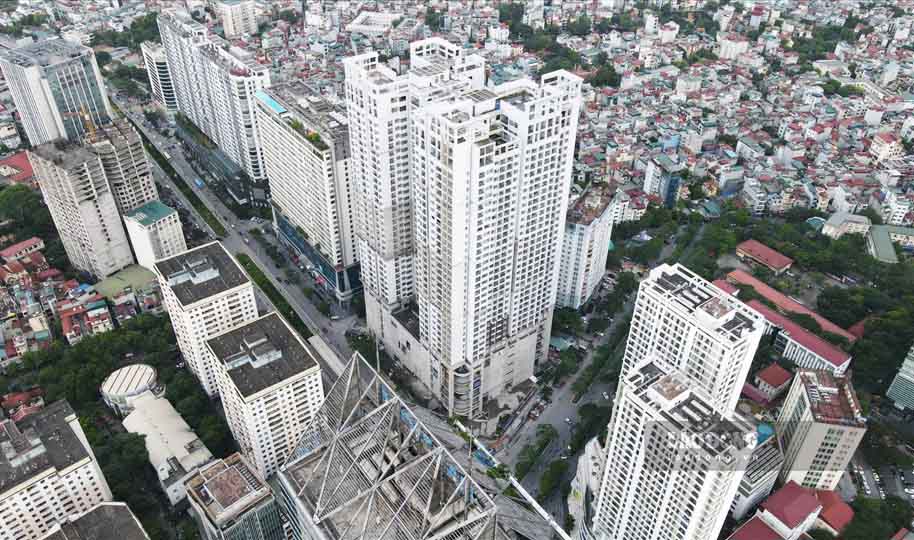

Commenting on this situation, Associate Professor, Dr. Nguyen Quang Minh - Hanoi University of Construction - said that with the number of high-rise buildings built over 1.5km long on Le Van Luong Street, it is an unbelievable density.
"This leaves consequences such as high density of residents, high construction density, narrow urban space, overloaded social infrastructure, and polluted environment, leading to reduced quality of life for people" - Associate Professor, Dr. Nguyen Quang Minh said.
Not far away, Nguyen Tuan Street is in the expansion phase. This is also a road that is often congested due to the narrow road surface, while on both sides of the road are a series of high-rise apartments with very high construction density.
Nguyen Tuan Street was not yet expanded, there were sections that were even only 4m wide, and was the main route for tens of thousands of people every day. Traffic here is always crowded, especially during rush hour.
The current disruption of existing planning and construction licensing with high density will leave unpredictable consequences for urban areas. What is seen in the immediate future is traffic pressure when the road system has not met the needs of population growth and the consequences are still the people.
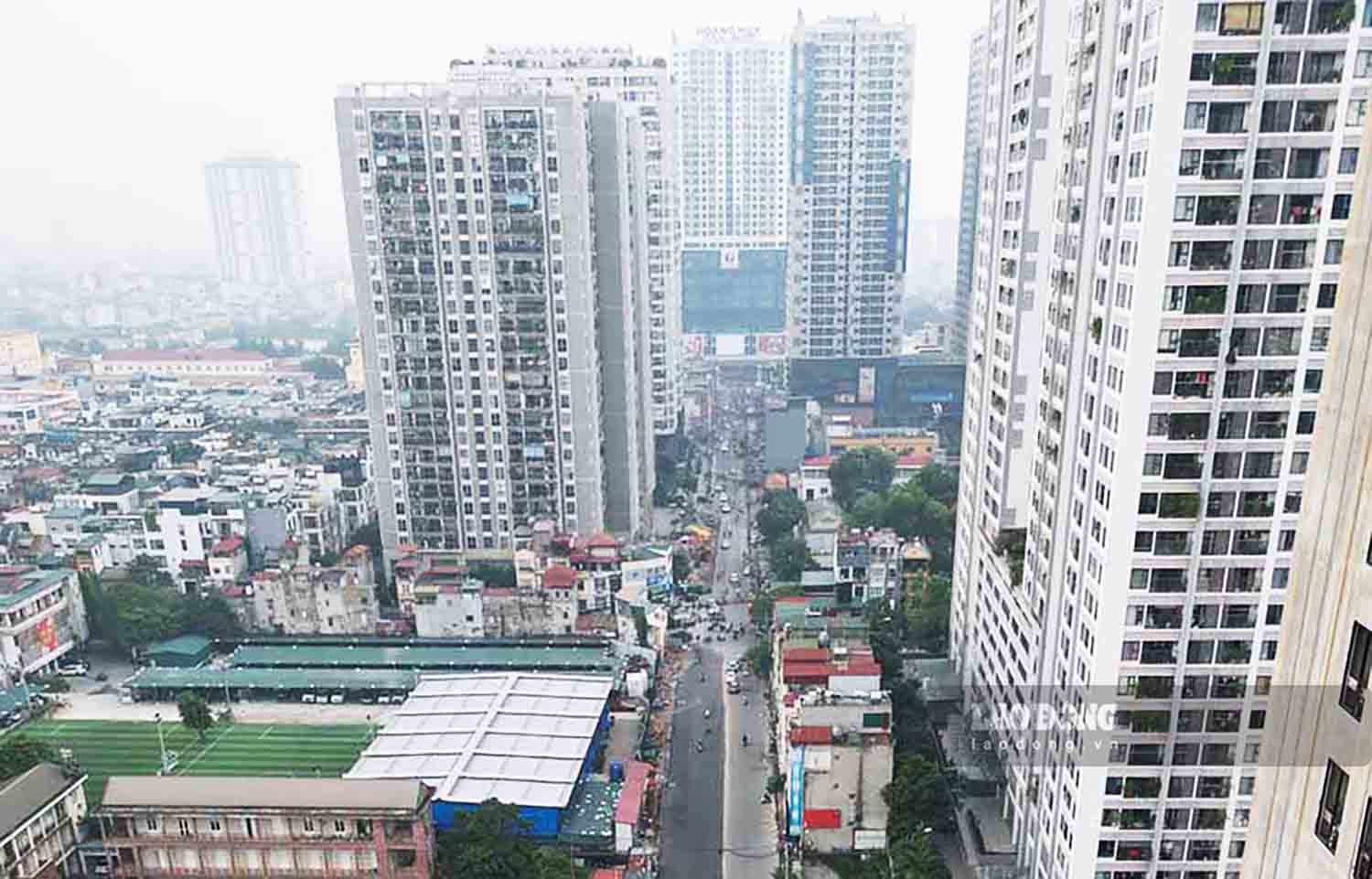
Discussing this issue with reporters, Architect Dao Ngoc Nghiem - Vice President of the Vietnam Urban Planning Association (former Chief Architect of Hanoi City) - said that the plan to expand Nguyen Tuan Street connecting to the radial axis has been approved for red lines since 2003.
"The plan is that Nguyen Tuan Street will be opened, so on both sides of the road there will be high-rise projects corresponding to the width of the road. However, the apartment project was built first, while the road has not been opened, the consequences of traffic jams are inevitable" - Architect Dao Ngoc Nghiem said.
Regarding the current problem of Hanoi's traffic infrastructure, the former Chief Architect of the city said that the land fund for Hanoi's traffic routes and static traffic is currently lacking compared to the general criteria.
"Normally, the traffic network system accounts for 20-25% of the natural area, and normal static traffic in urban areas must be equal to 3% of the natural land area.
I said for example in Hanoi, currently, the land area for transportation is only about 10% of the natural area, which is still lacking a lot. The area for static traffic, that is, new parking land is 0.3% compared to the target of 3%, overload is inevitable" - Architect Dao Ngoc Nghiem commented.



